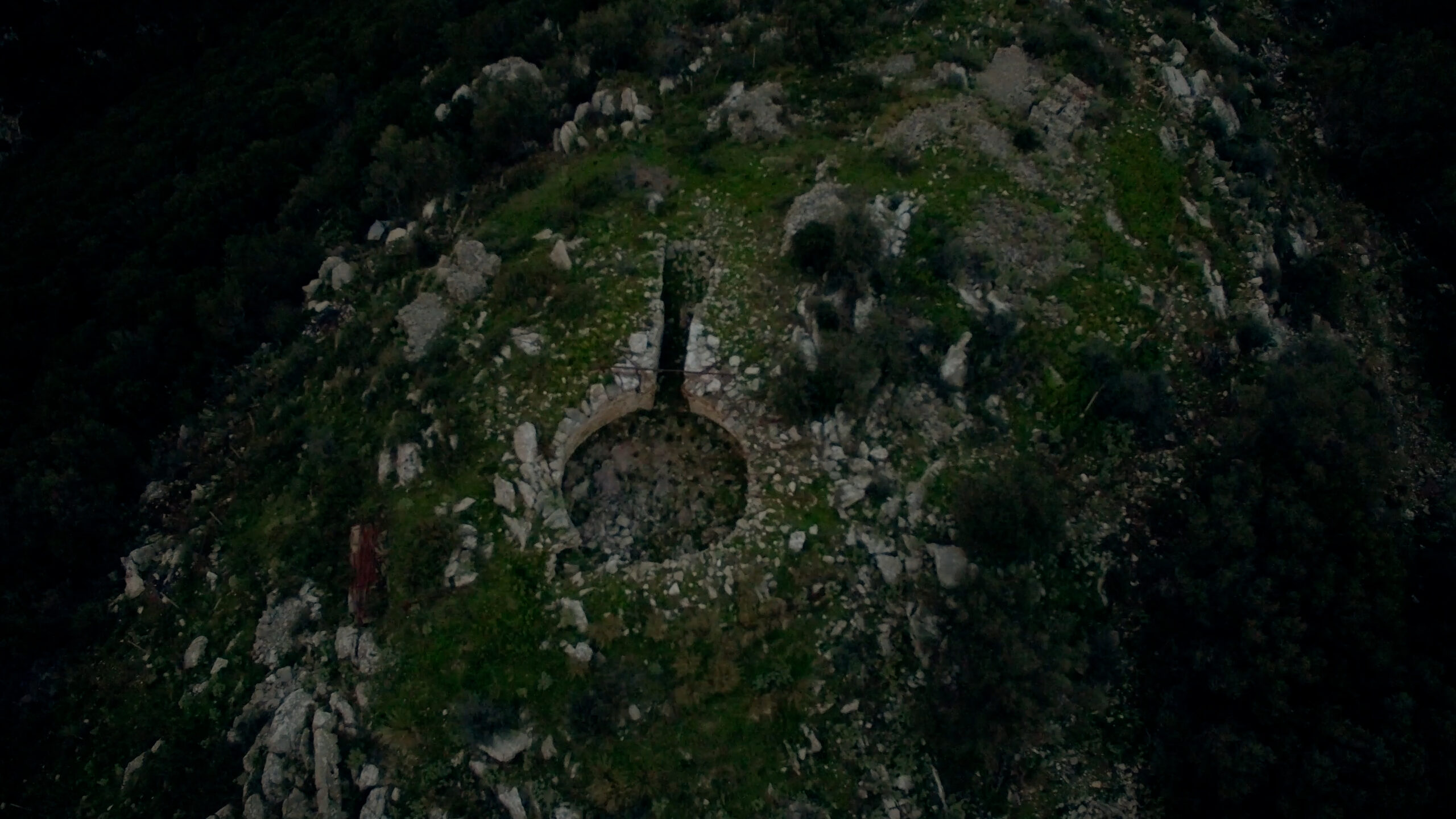In Metsiki, which is located on a hill between Psarios and Ano Psarios, two Mycenaean vaulted tombs have been identified. In the excavation research carried out, researchers found that the first is one of the largest vaulted tombs in Messinia. Occupied since antiquity, it is a typical example of a continental vaulted tomb of the early Late Helladic period because of the few finds. It has a surviving height of 3.5 metres, a burial chamber with a diameter of 9.10 metres, a built entrance (road and mouth) with a total length of 11 metres and a lithic-lined tumulus with a rampart enclosure in some places.
100 metres further east there is a second tomb which is estimated to be of equal, if not greater, dimensions. Its mouth is 3.6 metres long, calculated from the large one-piece lintel found at the site. From the surface survey of the surrounding area there is evidence of human activity from prehistoric to Roman times, dated between 2050 BC and 400 AD. On the mound itself, as well as in the surrounding area, there is evidence of occupation of the site in both the Bronze Age and post-Mycenaean periods.
